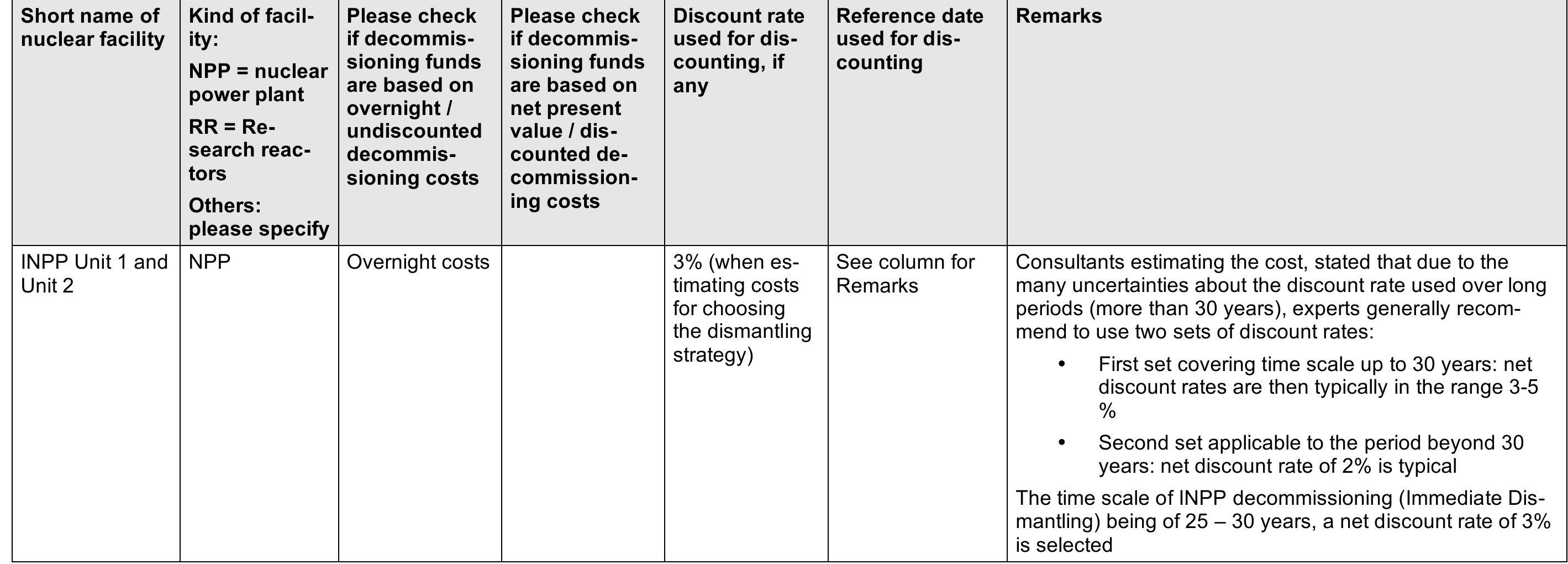Key research themes
1. How have elemental and isotopic compositions advanced the understanding of planetary and terrestrial geochemical evolution through precise measurement techniques and reference materials?
This research theme focuses on the development and application of advanced analytical methods, reference materials, and calibration protocols to obtain precise elemental and isotopic compositions of geological and extraterrestrial samples. These measurements are crucial to unraveling the processes involved in planetary formation, crust-mantle differentiation, and environmental evolution. By refining techniques such as MC-ICP-MS and LA-MC-ICP-MS, and establishing robust standards, researchers enhance data accuracy and comparability, enabling insights into early Earth conditions, planetary atmospheres, and mantle compositions.
2. What insights into redox conditions and paleoenvironmental reconstruction do elemental proxies and isotopic signatures provide, and how are these proxies calibrated and validated?
This theme addresses the use of elemental ratios, trace metals, and isotopic compositions as proxies to reconstruct past redox states and environmental conditions in sedimentary and volcanic systems. It emphasizes the methodologies for calibrating proxies against modern analogues, evaluating their limitations, and integrating multi-proxy approaches. Through detailed assessments and reappraisals, researchers establish quantitative frameworks to distinguish oxic, dysoxic, and anoxic depositional settings, crucial for understanding earth surface evolution and mineralization processes.
3. How can elemental distributions and isotopic compositions be synthesized into periodic/taxonomic frameworks tailored for earth and planetary sciences to enhance geochemical interpretation?
This research theme explores the development of periodic tables and synthesis of chemical information incorporating isotopic and ionic characteristics specific to Earth systems. These frameworks contextualize elemental behavior, oxidation states, and geochemical affinities such as lithophile or siderophile classifications, providing holistic tools for interpreting elemental cycles, mantle-crust evolution, and planetary differentiation beyond traditional chemical periodicity.































